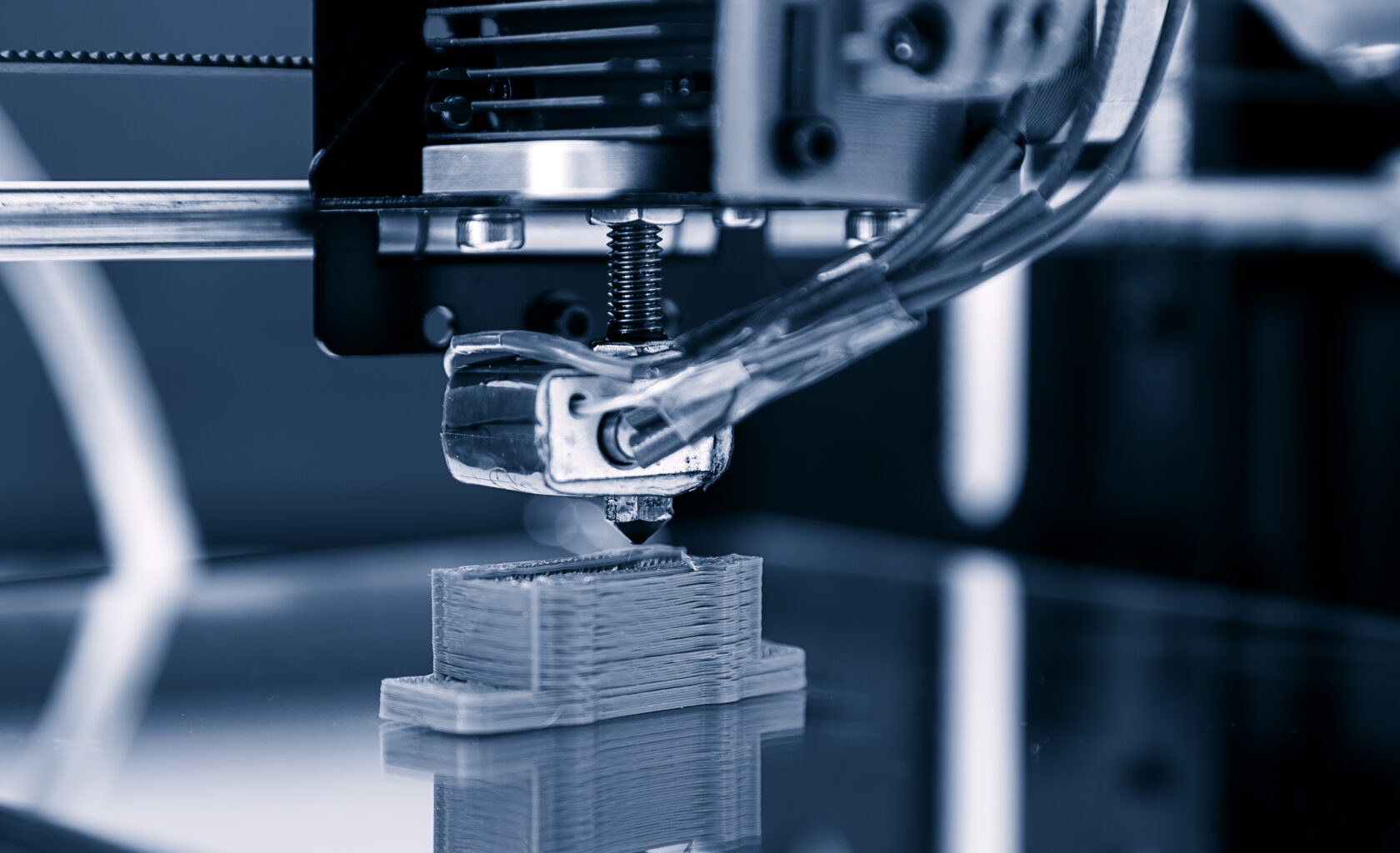By David Pring-Mill
The following text has been excerpted from Sections 3.12—3.12.3 of the Policy2050 report “D2C and Other Digital Adaptations During COVID-19,” in order to serve as a product sample and fulfill Policy2050’s mission “to keep the most socially-relevant insights outside of any paywall.”
Currently, approximately 5.2 million people have died of COVID-19. Amid such a highly contagious and devastating pandemic, all companies, regardless of their exact business models, must keep a watchful eye on their global operations.
The resilience and trajectories of many sectors often depends on policies that support multisourcing. A pre-COVID example of single-sourcing disruption can be found in the Icelandic volcano eruption of 2010, which grounded aircraft in European airspace and consequently affected U.S. automotive plants reliant on parts from Germany.
At the same time, complex and fragmented global supply chains mean that any shortages of inputs for interconnected businesses or industries can produce ripple effects, sometimes with untraceable bottlenecks. The Biden administration characterizes this as “significant and widespread” but likely “transitory.”

During 2021, a record surge in container volumes became congested at U.S. ports amid a shortage of skilled labor. Employed dock workers are taking on a significantly greater number of shifts than they were in 2020, and the established process of upskilling or qualifying part-time or casual workers is another source of delay.
Throughout the pandemic, a lot of consumer spending switched from services to goods, increasing demand. A slowdown in consumer spending and demand for imports could help to ease port congestion and restore a manageable flow of goods; it might even happen in response to anticipated out-of-stock inventory and shipping delays. Expanded hours of operation could act as another salve.
However, recent or imminent bankruptcies of businesses represent another point of logistical complication. Material shortages, underestimations of demand, and price increases are also creating volatility and stalling economic activities.
Labor shortages are being widely experienced, contributing to delays. The labor market has been impacted by unemployment insurance as well as other government benefits, older workers taking early retirement, travel and immigration restrictions, asynchronous economic recoveries and pandemic-related policies, and a flare-up of tensions between workers and employers regarding acceptable pay and working conditions.
More fundamentally, there may be shifting values that affect career decisions.
Maintaining quality
Some attempted adaptations could later be revealed as mistakes.
When a brand lowers its product quality in order to lower its prices or at least its costs, it’s often mutually damaging for the brand and its customers. And yet, this may happen as brands try to meet consumers in their new financial reality. In a Brandwatch survey, 28% of consumers indicated that “cheap” is a more important product attribute to them now than it was pre-COVID.
Supply chain adjustments must consider both short-term competitiveness and long-term risks of brand damage.
D2C startup Bokashi Steel Knives owes its high conversion rates to crafty digital approaches but their original approach actually faltered.
The founders tried importing low-cost and low-quality merchandise from China. That ultimately led to chargebacks, refunds, and other complications.
However, they had observed promising sales in the category of chef knives. They decided to white-label these products under a new, deliberately crafted brand with a social media presence but again they found themselves processing high ticket refunds, after an initial delay, when customers weren’t satisfied with the way that the knives had withstood their usage.
It was time to build a solid customer base around a solid product that they could stand behind; in other words, a not uncommon entrepreneurial pivot from “get-rich-quick” to value creation.
When they landed on their name, they thought that it expressed the concept of organic and natural qualities and would be appropriate for their naturally sourced materials, like the pakkawood handle. Later, they found out that the word “Bokashi” more specifically refers to a Japanese form of compositing. By then, it was too late, as customers had embraced this brand identity.
This chapter in their D2C brand story could be seen as demonstrating the importance of: 1) conducting market research, and 2) researching supply chain partners to ensure the level of quality required for market penetration.
Consumer perceptions

According to the report from Brandwatch, the pandemic even directed consumer attention upon the supply chain itself, with 33% of consumers deeming it more important to buy locally sourced goods.
20% of consumers responded that it’s even more important to buy goods that are sustainably and ethically sourced. However, a nearly equivalent percentage (19%) considered it to be a less important factor than it was for them pre-COVID.
Implementing new supply chain technologies

D2C removes intermediaries in retail but it also introduces different costs and new complexities. Many challenges associated with the actual manufacture of products still remain.
Past political statements regarding the potential of 3D printing to reinvigorate shuttered warehouses and outsourced industries may have underestimated or downplayed the timeframes required and non-technological factors involved.
Although a domestic manufacturing renaissance is not guaranteed in the short-term, there are many other business opportunities here, such as reducing purchase orders and even reducing product weight (potentially, by replacing metal parts with composite parts).
Both of these outcomes would be relevant to D2C. D2C startups are often built upon the distinct Silicon Valley principles of testing and iteratively developing a product, and smaller purchase orders align well with that concept.
Shipping costs are a major consideration in D2C models, which impact margins and business viability. Reducing item weight means increasing profits. This also aligns well with sustainability goals.
As this report has already stated, many D2C brands differentiate through their messaging and values as opposed to their product features. A lighter product could be a way of fulfilling orders as well as sustainability commitments.
And if some D2C brands do choose to differentiate through product features, additive manufacturing could potentially enable some of that innovation through novel components.
The pandemic could potentially act as a driver of continued advancements. The situation caused by the pandemic has highlighted the importance of local supply chains.
New manufacturing technologies might help some businesses to avoid border issues and competitive overseas negotiations.
Furthermore, the major surge in ecommerce means that even more consumer segments are now regular users of digital business models, or at the very least are factoring the option into their purchase decisions, which raises the stakes for businesses.
At a March 2021 webinar presented by CAD MicroSolutions and Markforged, John Brown, Director of Advanced Manufacturing at CAD MicroSolutions, said, “Absolutely [additive manufacturing] is going to have an impact on outsourcing. It’s happening today, and it’s an accelerating process. And I think if we just look at the basics of what this technology does, it takes a raw material and it’s able to turn it into just about anything, so whether it’s our filaments, our onyx material, we can turn them into a tool. We can turn them into a replacement knob on a machine to keep that machine up and running. We can make jigs and fixtures. Where companies might need to go outside their walls because they don’t have a particular machine to create a part that they need, now all of those things can be replaced inside of that company.”
He identified automotive, aerospace, and machine design as the most obvious industries of relevance to the technology.
Even if this manufacturing technique isn’t directly relevant to a D2C brand, increased usage of this method might enhance the infrastructure and logistical operations that get those D2C products into the hands of consumers.
For example, Brown said that power companies have fleets of trucks with lots of hangers and knobs to organize all their tools, and they need ways to standardize those things. When those parts break, traditionally they have to order them, which means delays. Additive could mean better up-times on those fleets.
Brown continued, “If you are a large OEM [original equipment manufacturer], you may be outsourcing in multiple spots. Well, what if you have different manufacturing operations across North America? You might have Markforged printers in all those locations, and multiple departments at all those locations. So where in the past, you might have had capacity in another location but not been aware of it, now Markforged’s platform is going to be able to redirect those requests to other areas, so now you can fully maximize your uptime across your investment.”
Brown suggested that this operational visibility and the resulting capacity efficiencies are allowing additive manufacturing technologies to become “more than a slicing software,” and more of a tool for optimizing businesses.
New manufacturing methods might also allow businesses to more easily produce inventory and maintain the necessary levels, which would allow them to promise and deliver against shorter delivery time frames. Some businesses could potentially manufacture more goods on something closer to an as-needed basis, which might free up capital.
“It can take a long time to put things into inventory. Inventory takes up space and capital,” said Deep Singh, VP of Advanced Manufacturing.
Due to the fact that different advanced manufacturing techniques and even different printers, operating off the same principles, meet different needs, a successful approach begins with understanding the functional part requirements, the system, material, and process.
Singh encouraged businesses to think about additive manufacturing as a way of overcoming conventional design constraints, and to ask themselves how they could consolidate multiple parts “into this beautiful, self-supporting geometry.”
“If you can machine it, don’t 3D print it,” he suggested. “You’re going to be better off just machining it.”
A successful use case is one that results in a well-consolidated, multifunctional part that a talented machinist wouldn’t be able to replicate as a single piece.
A 2020 whitepaper from GE Additive advises prospects considering additive manufacturing to look at their whole system. They should define key parameters and processes with the knowledge that parts designed for additive manufacturing will likely differ from prior versions designed for traditional manufacturing processes. Documenting the new production process and demonstrating quality may be necessary for product certifications in some categories.
New retail infrastructure, such as autonomous stores and smart lockers, shouldn’t be peripheral considerations during supply chain tech upgrades, either.
This infrastructure will enable the pursuit of entirely new business models for brands and retailers alike. The ground for conducting business is being relevelled.
Accelerated ecommerce growth has already tested logistics capabilities, calling attention to the need for flexibility and long-term investments. And the fate of some D2C brands could be somewhat entangled in these technological evolutions and industry adaptations.
3PL Central, which provides cloud-based warehouse management software, found that most warehouses (79%) experienced growth and the fastest-growing third-party logistics businesses (3PLs) offered ecommerce or omnichannel fulfillment.
Given the widely observed consumer behaviors during the pandemic, this is perhaps unsurprising but the exact numbers make it indisputable. 3PLs with declining or no growth were 271% less likely to perform omnichannel fulfillment.
That being said, the desire to expand and capture all this digital opportunity sometimes runs into physical capacity constraints.
27% of 3PLs encounter difficulties when trying to find and acquire additional warehouse space.
In other instances, a lack of technological adoption does appear to be a factor in failures to optimize. 3PL Central found that many of these businesses primarily rely on inventory and order-volume reporting (84%), with only 8.2% integrating big data analytics and 14% leveraging promising albeit still evolving predictive analytics.
The full report “D2C and Other Digital Adaptations During COVID-19” is now available for purchase on Policy2050.com.